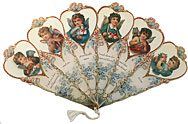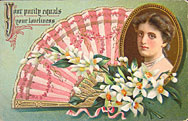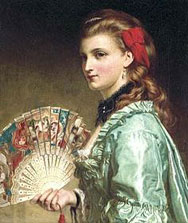Fan with Lady with Fan Cover
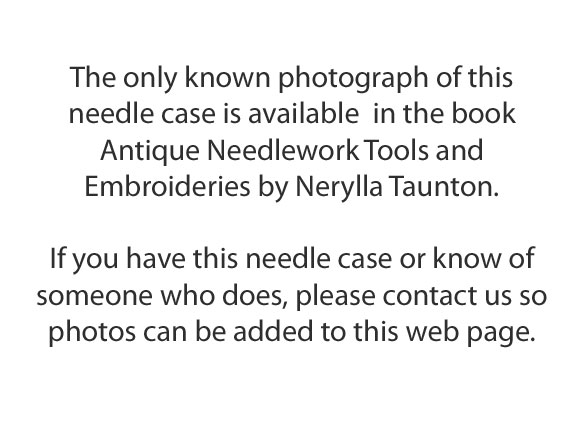
Needle Case
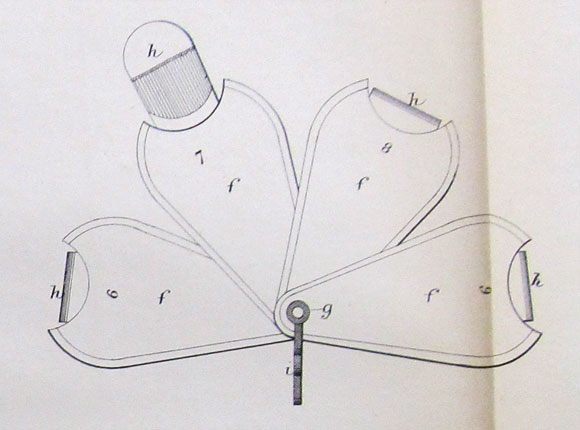
Patent
Design Details
Needle Case Type: |
Figural (patent doesn’t specify cover design) |
Patent/Registered to: |
Henry Milward & Sons – Redditch (provisional registered to Theodore Givry, Paris) |
Patent/Design Representation #: |
Mechanical Patent: #8 (Provisional: #1808 registered December 19, 1867) |
Patent/Design Registration Date: |
January 1, 1868 |
Location of Patent/Design Registration: |
Mechanical Patent - British Library - Business and Intellectual Property Centre - London |
Reference #: |
TNA Representation - BT 46/6/1808 |
Dimensions: |
3.4 x 0.8 x 7.5 |
Material: |
Brass |
Name Variations: |
H. Milward & Sons - Redditch |
Other Variations: |
a) Fan with Bee and Dog Head Cover |





